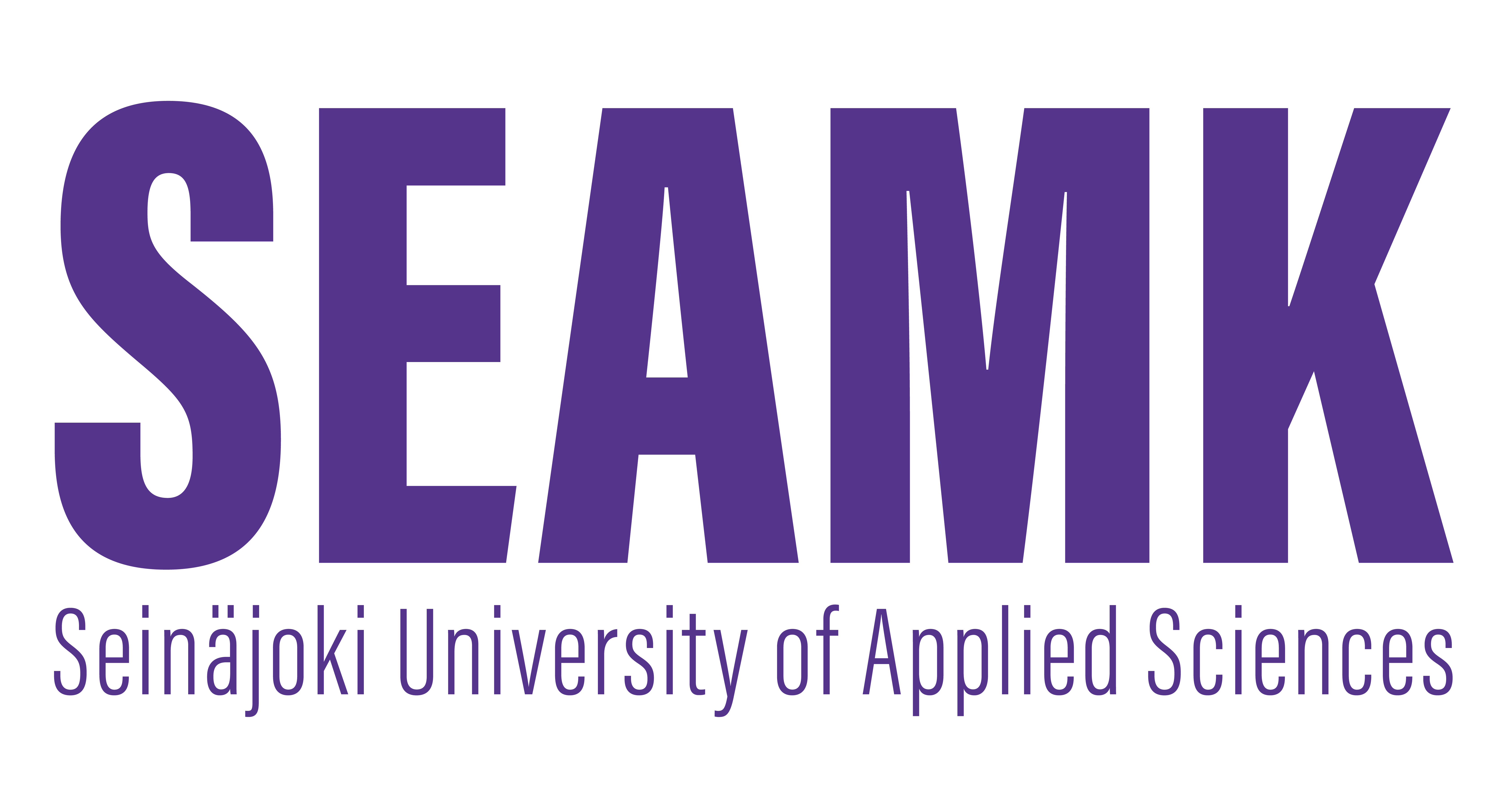Innovation in a Longevity Society (2cr)
Code: XX00DX74-3001
General information
- Enrollment
- 31.01.2025 - 10.02.2025
- Registration for the implementation has ended.
- Timing
- 11.02.2025 - 28.02.2025
- Implementation has ended.
- Number of ECTS credits allocated
- 2 cr
- Local portion
- 2 cr
- Mode of delivery
- Contact learning
- Campus
- SeAMK Seinäjoki, Frami
- Teaching languages
- English
- Seats
- 10 - 24
- Degree programmes
- International Business Management
- Teachers
- Nicolas Martinez
- Course
- XX00DX74
Evaluation scale
Passed/failed
Objective
The student understands the challenges of longevity and can apply solutions to them from the perspective of their field of study. The student can describe aging as a phenomenon and analyze how societal services and structures are interconnected. The student is proficient in applying various solution concepts from an ethical perspective and is capable of producing feasible and innovative solutions. Furthermore, the student can evaluate and compare the effectiveness and applicability of solutions. They are able to independently examine the challenges of aging and reflect on the societal impacts of their proposed solutions.
Content
- The human life cycle as a starting point for societal development
- Critical and visual thinking models in the innovation process
- Examining an aging society through creative thinking and storytelling
- Service design methods for creating innovative solutions
Materials
Recommenced reading:
- Scott, A. J. (2024). The Longevity Imperative. Publisher Basic Books.
Teaching methods
Lectures and workshops on campus. Group work and teacher's directions.
Student workload
Total of 54 hours of work. 12 hours of lectures and workshop. 42 hours of group and individual study and work.
Assessment criteria, approved/failed
PASS
The student has completed the assigned tasks, demonstrating competence in line with the objectives. The student recognizes concepts related to aging and demonstrates the ability to create innovative solutions to the challenges of aging. The student's outputs showcase the ability to justify and analyze the functionality of solutions and their ethical considerations in a diverse manner. The student's work reflects the ability for critical analysis.
FAIL
The student doesn’t fulfill the criteria for passing.
